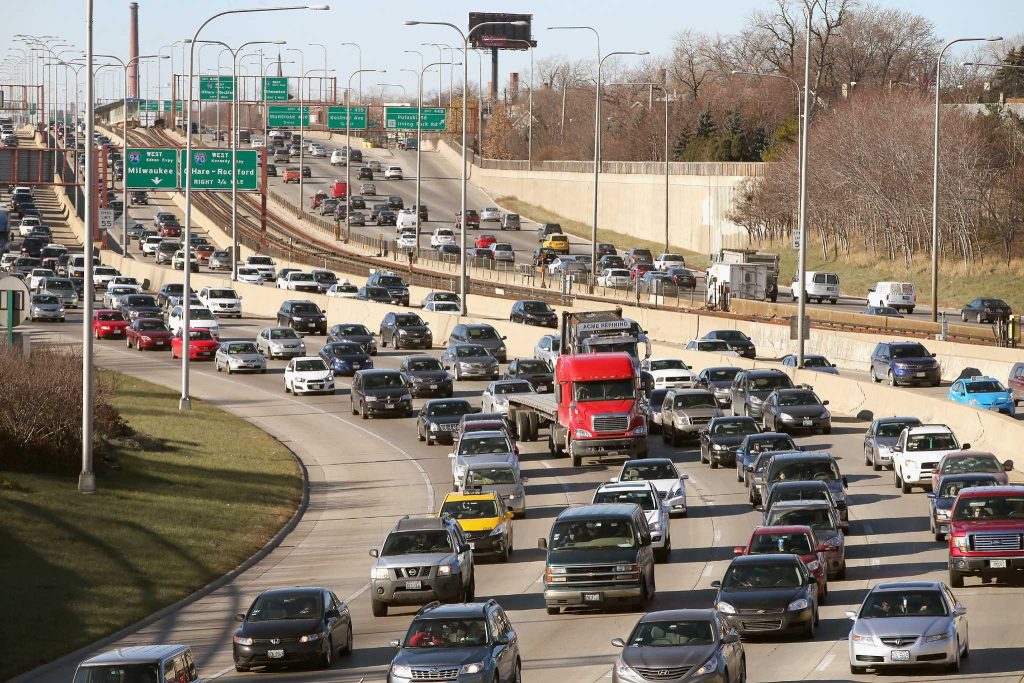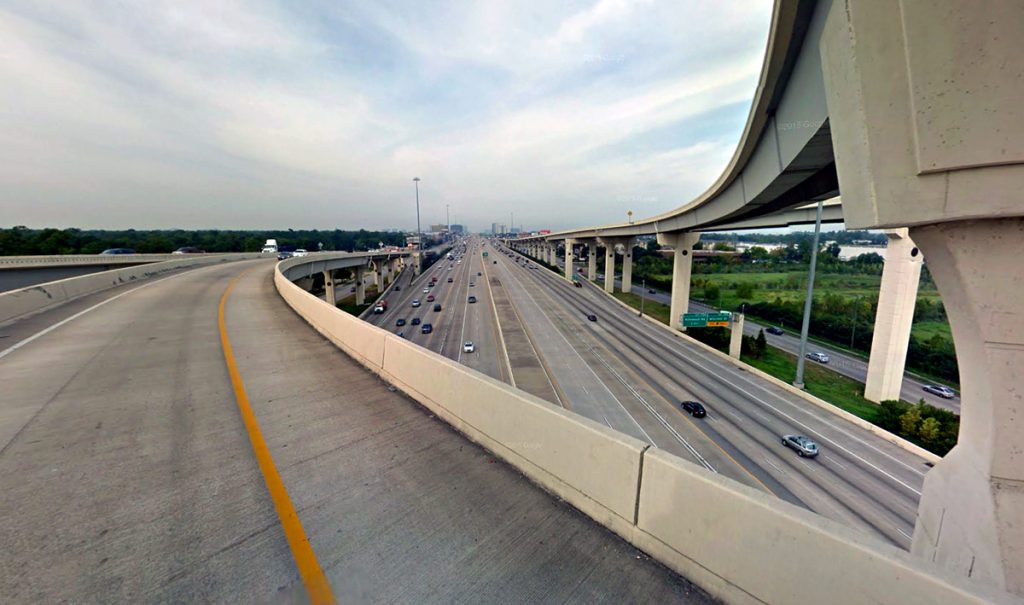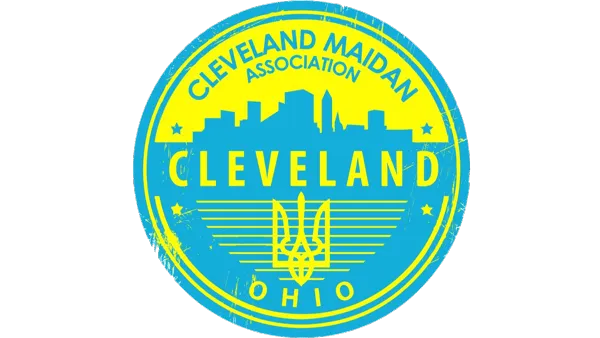When it comes to the arteries of America's transportation system, few routes can compare to the massive Katy Freeway. Located in Houston, Texas, the Katy Freeway, also known as I-10, has undergone an impressive transformation, evolving from the most congested route into a model of innovation in highway construction.
History
The Katy Freeway began its history in 1968 when it opened as part of the interstate highway I-10, connecting the west and east coasts of the United States. Since then, it has undergone significant changes. In the early 2000s, the Katy Freeway was notoriously known for its incredible traffic jams. Due to increasing traffic volume and the expansion of Houston, the Katy Freeway quickly became one of the most heavily trafficked roads in the country. Negative impacts on air quality, delays in movement, and overall inconvenience became an integral part of daily life for residents. Designed to serve the transportation flow in a megacity where vehicle traffic operated 24/7, it became a traffic hub, hampering the efficiency of Houston's transportation system. Congestion not only caused long delays for drivers but also affected air quality and increased emissions of harmful substances. This situation required urgent measures.

Reconstruction and modernization
In response to these challenges, a large-scale reconstruction of the Katy Freeway began in 2003. The project aimed not only to expand the road but also to introduce cutting-edge technologies and improve public transportation. The route was expanded to 26 lanes, intelligent traffic management systems were implemented, and infrastructure improvements for pedestrians and cyclists were carried out. These measures not only improved traffic flow but also reduced delays and increased safety on the road.
Disaster resilience
One of the key aspects of the success of the Katy Freeway project was its resilience to natural disasters such as floods and hurricanes. The application of innovative engineering solutions and technologies, such as drainage systems and enhanced air defense, allowed for minimizing the risks of flooding and other negative effects of natural calamities.
Community collaboration
The Katy Freeway project also became an example of effective cooperation between authorities, the public, and the business community. Great attention was paid to open dialogue with local residents and entrepreneurs, which allowed taking into account their needs and optimizing reconstruction plans with maximum convenience for all stakeholders.
Economic benefits
Improved infrastructure and reduced traffic not only enhanced the quality of life for local residents but also stimulated regional economic development. Reduced travel time for businesses and increased accessibility to workplaces opened new opportunities for business growth and investments.

Future challenges and opportunities
Although the transformation of the Katy Freeway is considered successful, new challenges await Houston and its transportation infrastructure. In particular, the growing popularity of electric vehicles and the development of autonomous transportation systems cast doubt on the continued need for large highways. Therefore, the development of green initiatives and the integration of cutting-edge technologies into future transportation development plans will be key tasks for the city of Houston.
In general, the Katy Freeway is a prime example of how innovative approaches and collaboration can transform even the most congested and problematic highways into symbols of progress and development.
Awards and future development
Thanks to its successful reconstruction, the Katy Freeway received recognition both within Texas and nationally. This project is regarded as a significant step toward creating future cities based on innovation and sustainability.
The Katy Freeway is an example of how innovative infrastructure projects can improve quality of life and economic development in metropolises. Through modernization and reconstruction, this highway has become a symbol of successful implementation of new technologies and improvement of transportation systems for future generations.



